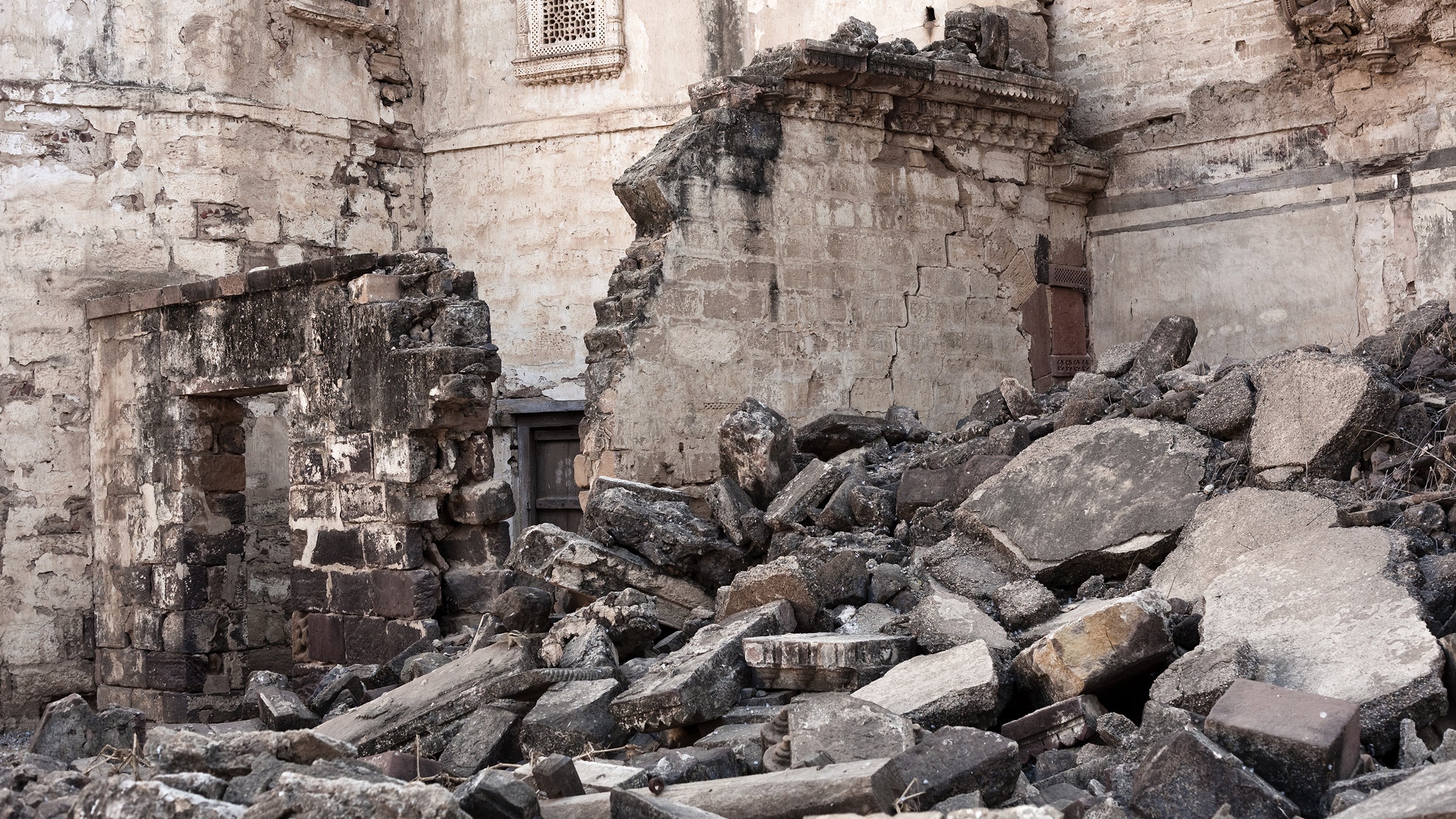
Scientists Capture Earthquakes in Real Time, Opening New Era of Prediction
So, there's some pretty groundbreaking news in the world of earthquake science, and it’s one of those moments where it feels like we’re standing at the edge of something transformative. Scientists from the University of Southern California have developed a laboratory model that literally lets them watch earthquakes happen on a microscopic scale — in real time. This isn’t science fiction; this is cutting-edge research that could pave the way for predicting earthquakes before they happen.
The team has managed to visualize how fault surfaces — the cracks in the Earth where earthquakes originate — behave at the smallest scales during an earthquake cycle. They used transparent materials and LED lighting to monitor how these surfaces make contact, break apart, and shift during stress buildup and rupture. Think of it like watching a mini earthquake unfold under a microscope, with light acting as the visualizer. What’s even more amazing is they captured these changes in milliseconds — fractions of a second that determine whether tectonic stress stays dormant or unleashes a quake.
Also Read:- Serbia Eye Vital Win Against Goal-Shy Andorra in World Cup Qualifier
- Houssem Aouar, Algeria’s New Maestro Shines Bright in Sweden Clash
At the core of this breakthrough is something called the “real contact area.” Basically, when two rough surfaces — like sections of Earth’s crust — slide against one another, they’re not entirely flush. They only touch at tiny, isolated points. It turns out that this real contact area controls how earthquakes behave, yet it’s been a hidden variable until now. Scientists used to rely on mathematical models that worked well but never truly explained what was physically happening. This changes that.
As they observed these miniature ruptures, they discovered that up to 30% of this contact area disappears in milliseconds during a quake. That sudden loss of contact is what drives the rapid and violent energy release. It’s like seeing the trigger mechanism in real time. They tested 26 earthquake scenarios in the lab, and their findings matched both theoretical models and real-world simulations — a rare feat in geophysics.
Why does this matter? Because it suggests we might soon be able to detect when a fault is about to fail by monitoring measurable changes in physical properties like electrical conductivity or seismic wave transmission. Imagine being able to look at a fault zone and say, “Okay, the stress is building, and the fault’s behavior is shifting — a quake might be coming.” That’s the ultimate goal here.
What’s next? The researchers are now looking to scale this up, moving beyond lab simulations into real-world applications. If successful, this could revolutionize how we monitor fault zones and provide early warnings, potentially saving lives and infrastructure.
This is more than just a cool scientific experiment. It's a giant leap forward in our understanding of how earthquakes actually work, and it might just be the first step toward something humanity has sought for centuries — the ability to predict the unpredictable.
Read More:

0 Comments